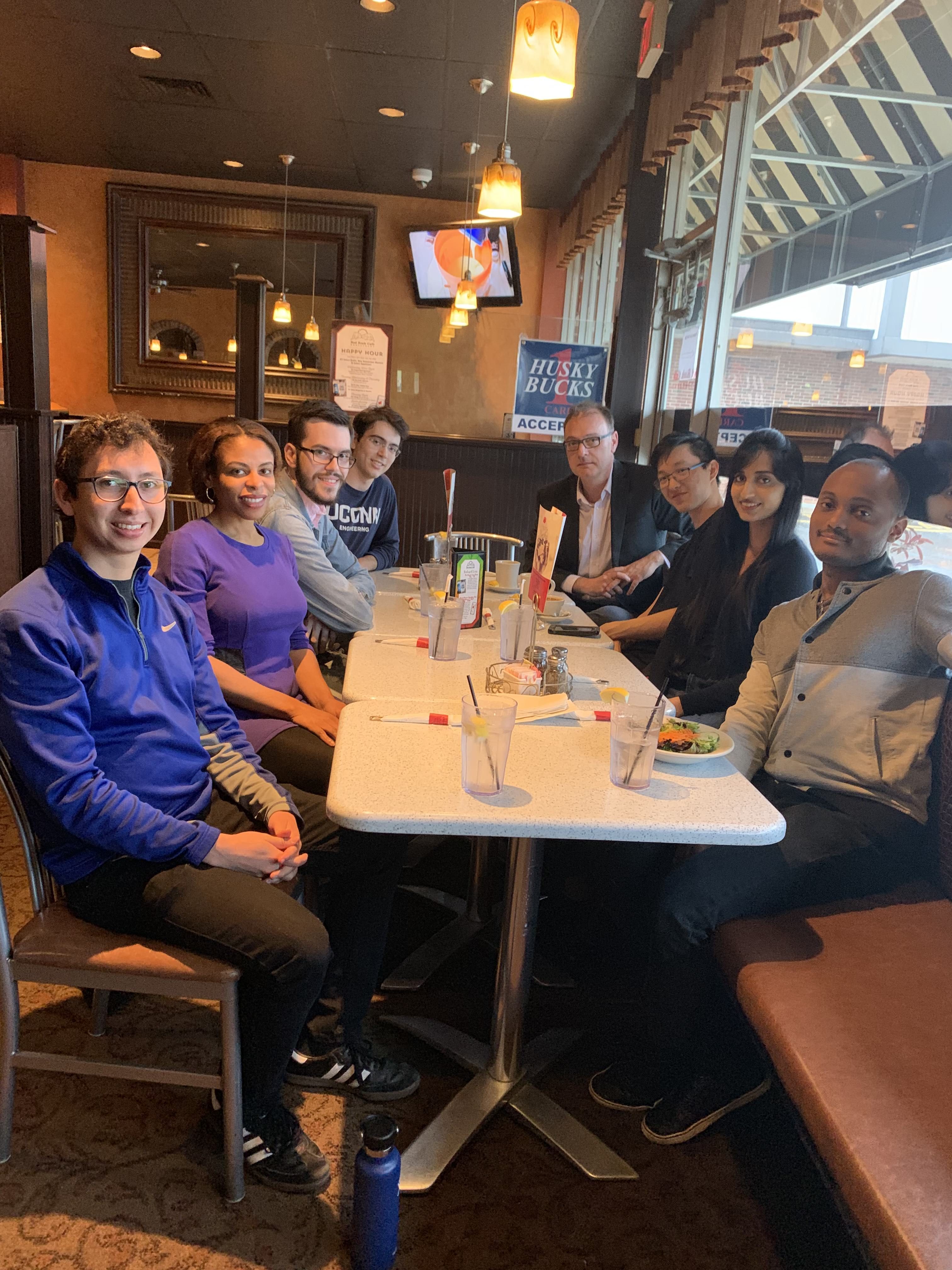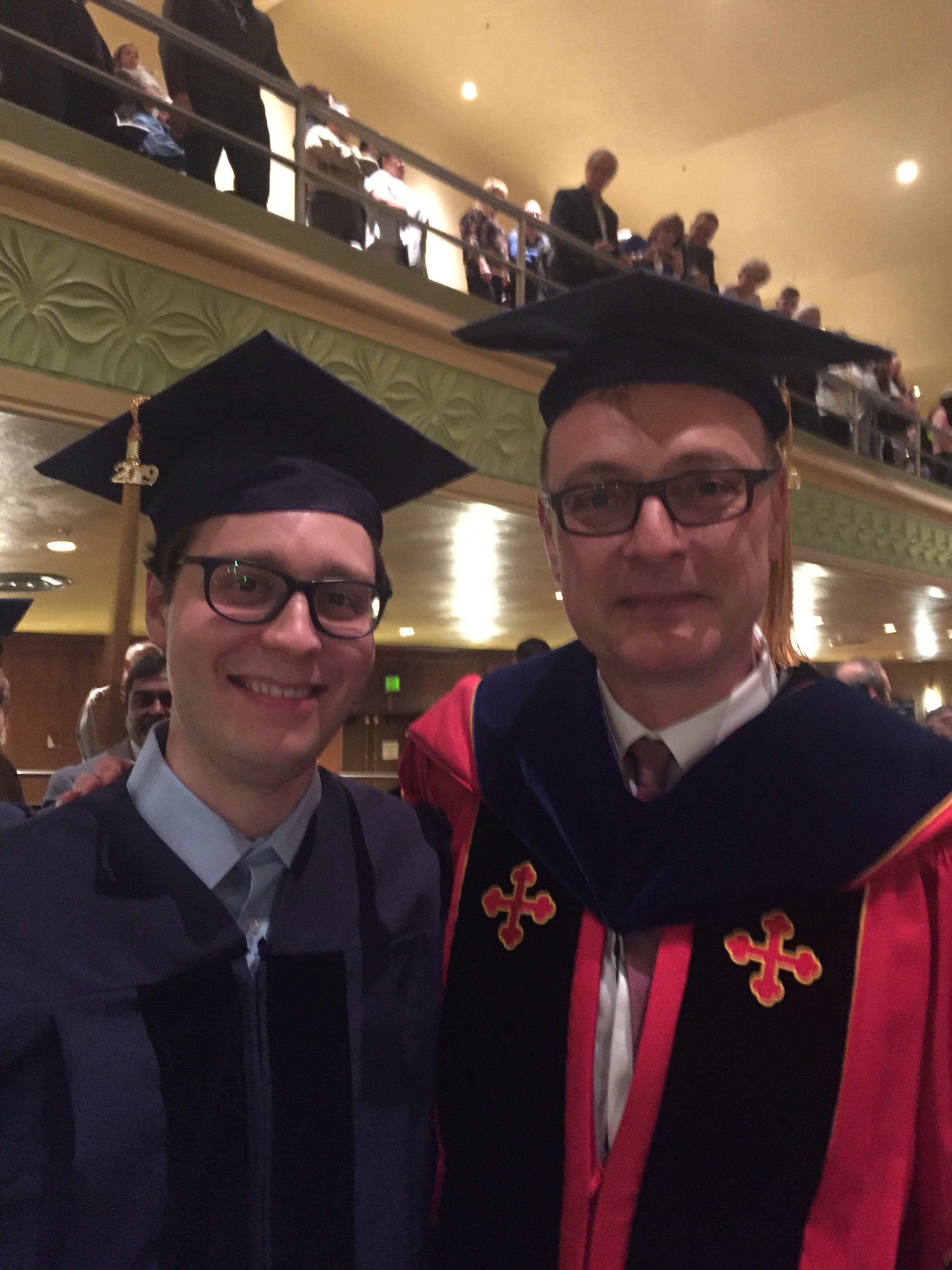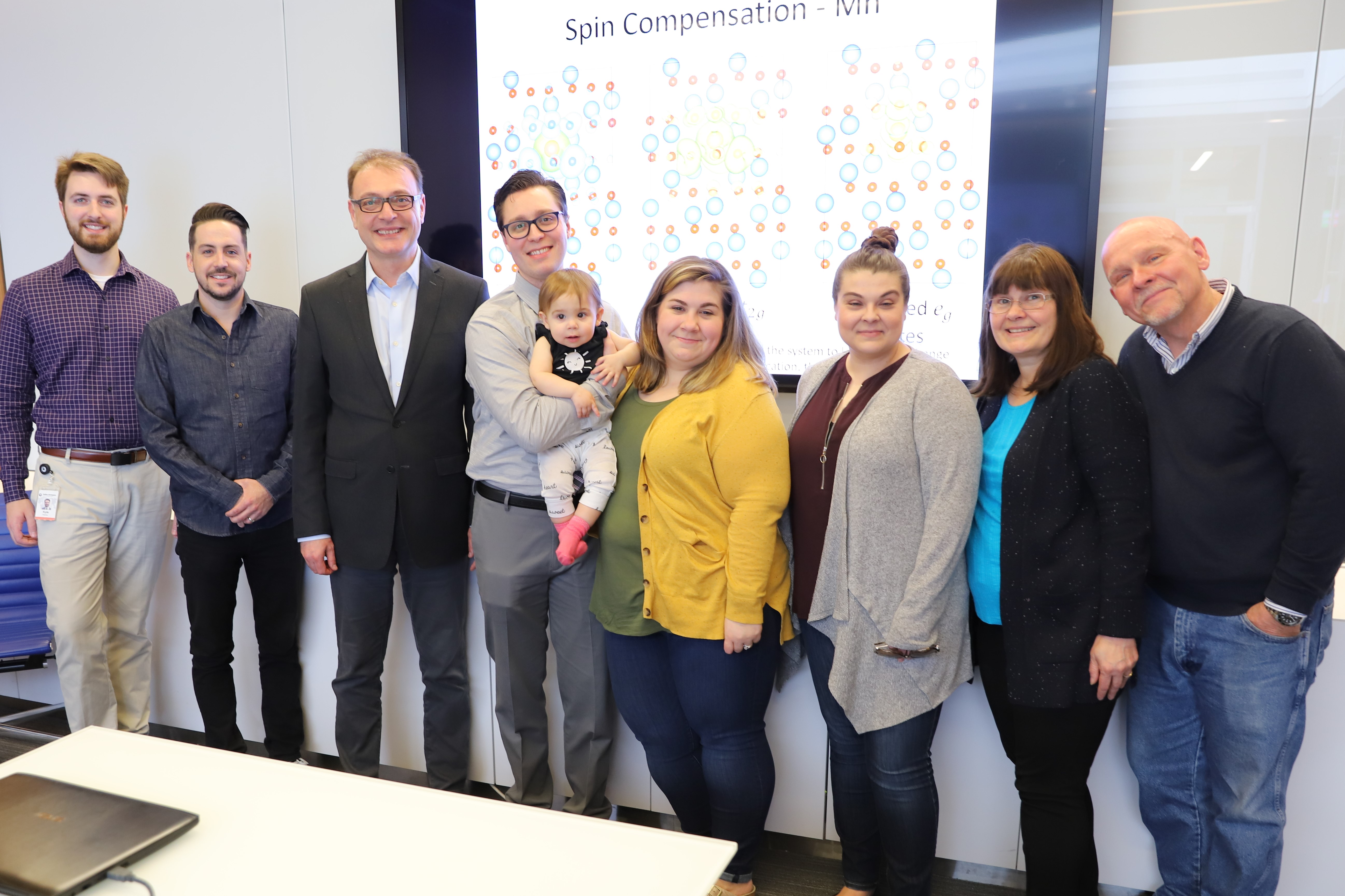Ferroelectric Films on Metal Substrates: The Role of Thermal Expansion Mismatch on Dielectric, Piezoelectric, and Pyroelectric properties
T. A. Patel, K. Co, R. J. Hebert, and S. P. Alpay, J. Appl. Phys. 126, 134103 (2019)
DOI: DOI: https://doi.org/10.1063/1.5116134
ABSTRACT
We present here a comprehensive analysis of the effect of thermal stresses on the functional properties of ferroelectric oxides on metal substrates. We use a Landau-Devonshire formalism to quantitatively assess the role of in-plane thermal strains that arise from the coefficient of thermal expansion (CTE) mismatch between lead zirconate titanate [PbZrxTi1–xO3, PZT x/(1 – x)] films and Al, Cu, Fe, Ni, and Ti-based substrates. Specifically, we compute Curie transition temperatures, spontaneous polarizations, dielectric permittivities, piezoelectric coefficients, and pyroelectric responses of tetragonal PZT compositions as a function of the growth/processing temperature. To provide a rapid evaluation, we also develop Ashby diagrams of property coefficients as a function of PZT composition, processing temperature, and CTE of the substrate. Our results show that thermal strains in PZT may significantly alter the ferroelectric transition temperature, dielectric, piezoelectric, and pyroelectric properties. For example, for PZT 50/50 films on Ni-based superalloys processed/annealed at 700 °C, we predict monodomain intrinsic dielectric, piezoelectric, and pyroelectric responses to be 234, 152 pC/N, and 0.021 μC cm−2 °C−1, respectively, compared to bulk PZT 50/50 values of 381, 326 pC/N, and 0.045 μC cm−2 °C−1. These are substantial variations which show that thermal strains must be considered in the design and development of built-in functionality obtained through ferroelectric films in structural, aerospace components.










